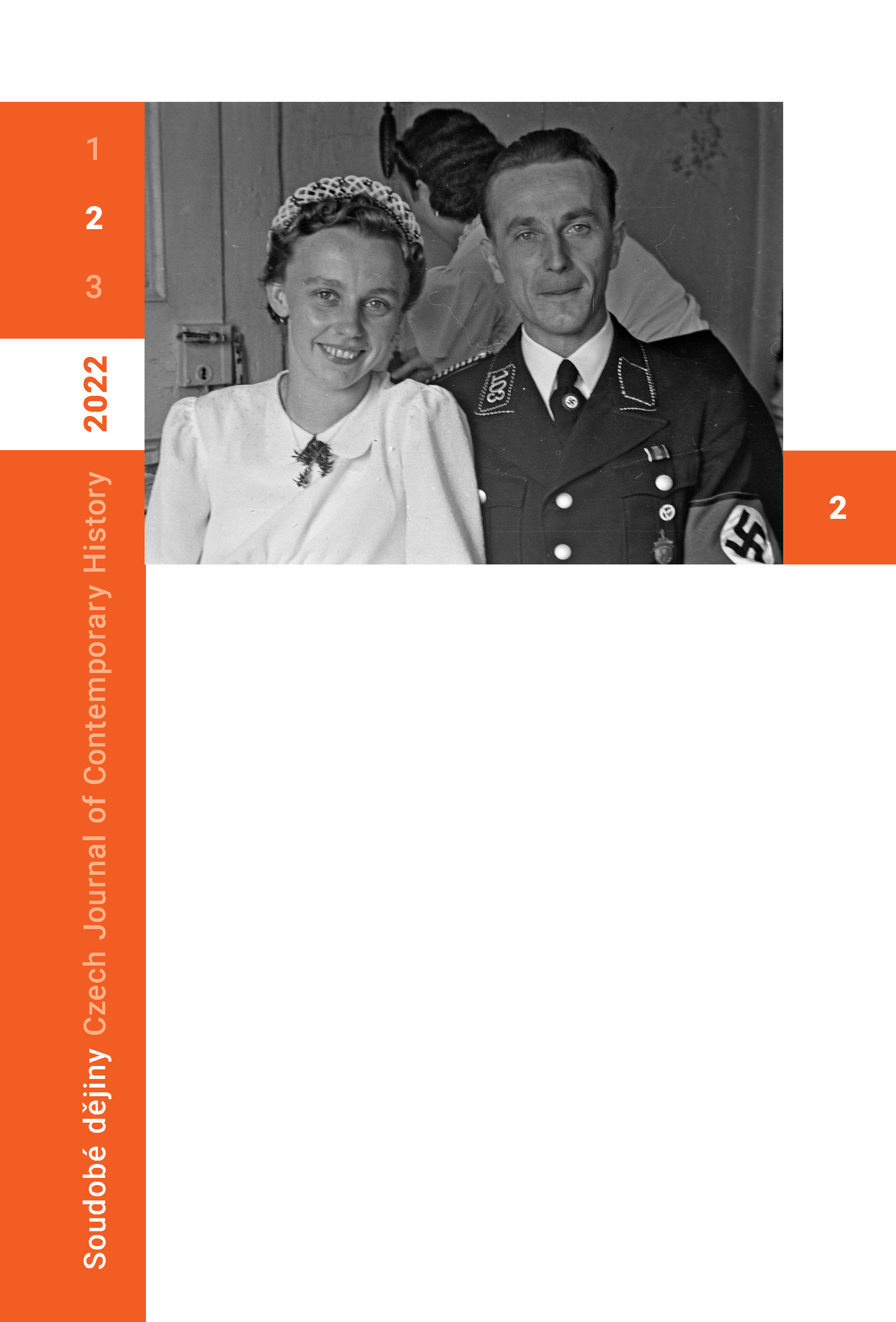Statistické modely ve výzkumu holokaustu
Statistical Models in the Holocaust Research
An Interdisciplinary Approach to Historical Events through the Example of Theresienstadt Ghetto
Author(s): Tomáš Jelínek, Tomáš Fedorovič, Štěpán Jurajda, Matěj BělínSubject(s): History, Economy, Sociology, Local History / Microhistory, Social history, WW II and following years (1940 - 1949), Fascism, Nazism and WW II, History of the Holocaust
Published by: AV ČR - Akademie věd České republiky - Ústav pro soudobé dějiny
Keywords: Theresienstadt;Jews;Holocaust;Protectorate of Bohemia and Moravia;statistical models;quantitative methods;prisoner dabases;social ties
Summary/Abstract: This interdisciplinary article demonstrates the wide-ranging possibilities of the use of quantitative methods in historical research, specifically in the study of the Holocaust in the Protectorate of Bohemia and Moravia. The authors present the first results of their research focused on the Jewish prisoners of the Theresienstadt ghetto, in which they applied multivariate statistical models to analyse the unique database of Theresienstadt prisoners, the basis of which is the Terezín Memorial Book (Terezínská pamětní kniha), created by historian Miroslav Kárný (1919–2001). They first introduce some examples of these innovative approaches, which have only appeared in Western historiography in the last two decades. They then present the prisoner databases maintained by the Terezín Initiative Institute (Institut Terezínské iniciativy), which they believe still hold great research potential for new statistical methods, especially in the context of their digitisation. The methods can help not only to verify certain historical narratives or filter out the influence of factors that distort the results of the historical analysis, but they also bring completely new insights to these narratives. At its core, the article shows how the influence of socialties on the survival of prisoners from the Theresienstadt transports who were sent to Auschwitz-Birkenau can be assessed using statistical models, which include multiple parameters such as sex, age, nationality, occupation, length of stay inTheresienstadt, and their time of assignment to a transport. As a suitable sample for testing the hypothesis of the significance of these ties for survival, the authors process a database of prisoners who passed through the Lípa labour camp near Německý Brod before arriving at Theresienstadt. They verify their hypothesis by performing the analysis, quantifying the effect of social ties in relation to other variables. At the same time, they refute another hypothesis, anchored in prisoner memories, regarding discrimination against certain groups of prisoners when they were assigned to transports to the East. The article includes two appendices that demonstrate, with the help of graphs, how the risk of death of Jewish prisoners at Theresienstadt depended on specific factors and also illustrate the use of a logistic proportional hazards model.
Journal: Soudobé Dějiny
- Issue Year: XXIX/2022
- Issue No: 2
- Page Range: 441-470
- Page Count: 30
- Language: Czech

